Introduction
Stinky tofu, or chòu dòufu, is a polarizing yet beloved dish in Asian cuisine. Renowned for its pungent aroma—often compared to strong cheese, rotten eggs, or aged socks—this fermented tofu dish has a cult following across China, Taiwan, and Southeast Asia. Despite its intimidating smell, stinky tofu offers a complex flavor profile: a crispy, golden exterior giving way to a soft, creamy interior, paired with savory, umami-rich sauces. While it’s a staple of night markets and street vendors, cooking stinky tofu at home is achievable with the right ingredients and techniques. This guide will walk you through the history, preparation, and cooking methods to recreate this iconic dish in your kitchen.
A Brief History of Stinky Tofu
Stinky tofu’s origins trace back to China’s Qing Dynasty, with legends attributing its creation to a vendor in Shaoxing, Zhejiang Province. Initially met with skepticism, the dish gained popularity for its bold taste and affordability. Over centuries, it evolved into a street food sensation, with regional variations emerging. Taiwan, for example, developed its own style, often deep-fried and served with pickled vegetables, while mainland China offers steamed or braised versions. Today, stinky tofu is celebrated as a symbol of culinary adventurousness, bridging tradition and innovation.
Ingredients: The Building Blocks of Flavor
Creating authentic stinky tofu requires patience and specific ingredients. Here’s what you’ll need:
- Tofu: Opt for firm or extra-firm tofu. Soft tofu will disintegrate during fermentation or cooking.
- Fermented Bean Curd (Chou Doufu Brine): This is the heart of the dish. Available in jars at Asian markets, it’s made from fermented soybeans, rice wine, and spices.
- Aromatics: Fresh ginger, garlic, and scallions enhance the marinade and sauce.
- Sauces: Soy sauce, oyster sauce, and chili oil (optional) for depth.
- Vegetables: Pickled mustard greens, cilantro, or shredded carrots add crunch.
- Oil: Neutral oil like vegetable or peanut oil for frying.
- Optional Toppings: Sesame seeds, crushed peanuts, or fermented black beans for garnish.
Preparation: Fermenting the Tofu
The key to stinky tofu’s character lies in fermentation. This process mellows the tofu’s bitterness and develops its signature tang.
-
Marinade Base:
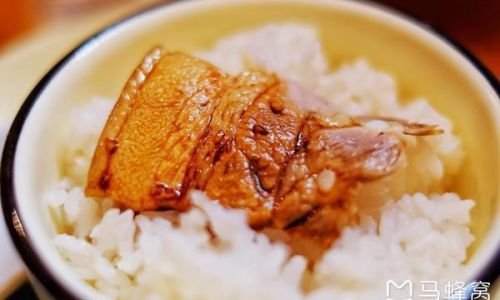
- In a large container, mix 1 cup of fermented bean curd brine with 2 cups of water.
- Add 2 tablespoons of rice wine (or sherry), 1 tablespoon of sugar, and 1 teaspoon of five-spice powder. Stir until dissolved.
-
Tofu Preparation:
- Slice the tofu into 1-inch cubes. For extra flavor, lightly score the surfaces with a knife.
- Submerge the tofu in the marinade, ensuring all pieces are coated.
- Cover the container and refrigerate for 24–48 hours. The longer it ferments, the stronger the aroma and flavor.
-
Sauce Preparation:
- Blend 4 fermented bean curd cubes with 2 tablespoons of their brine, 1 minced garlic clove, 1 teaspoon of ginger paste, and 1 tablespoon of soy sauce.
- Adjust consistency with water if needed. Set aside.
Cooking Methods: From Crispy to Tender
Stinky tofu can be prepared in multiple ways, each yielding a distinct texture. Here are three popular techniques:
Deep-Frying (Classic Crispy Style)
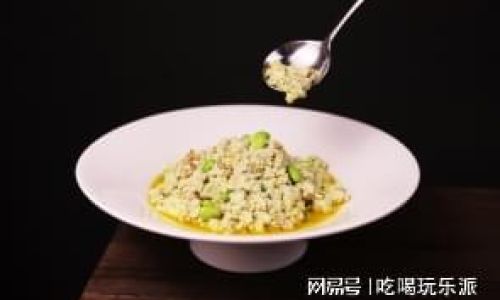
- Heat the Oil: Pour 3–4 cups of oil into a deep fryer or heavy-bottomed pan. Heat to 350–375°F (175–190°C).
- Drain the Tofu: Remove tofu from the marinade, patting gently with paper towels to remove excess liquid.
- Fry in Batches: Carefully lower 4–5 tofu cubes into the hot oil. Fry for 3–4 minutes until golden and puffed.
- Drain and Serve: Place on a wire rack to cool. Serve immediately with sauce.
Pan-Frying (Stir-Fry Method)
- Coat the Tofu: Toss marinated tofu in 2 tablespoons of cornstarch for extra crispiness.
- Heat the Pan: Add 2 tablespoons of oil to a nonstick skillet over medium-high heat.
- Sear the Tofu: Arrange tofu in a single layer. Cook for 2–3 minutes per side until crispy.
- Finish with Sauce: Pour the prepared sauce over the tofu, stirring gently to coat. Cook for 1–2 minutes until glossy.
Steaming (Mellow and Tender)
- Prepare the Steamer: Line a bamboo steamer with parchment paper to prevent sticking.
- Arrange the Tofu: Place marinated tofu in a single layer. Steam for 10–12 minutes until heated through.
- Serve with Dip: Offer the sauce on the side for dipping.
Serving Suggestions: Balancing Flavors
Stinky tofu’s bold taste pairs well with contrasting textures and flavors:
- Rice or Noodles: Serve as a main dish with steamed jasmine rice or cold noodles.
- Pickled Vegetables: Balance the richness with tangy pickled daikon or cucumber.
- Fresh Herbs: Sprinkle cilantro or Thai basil for aroma.
- Spicy Kick: Drizzle with chili oil or top with sliced Fresno peppers.
Tips for Success
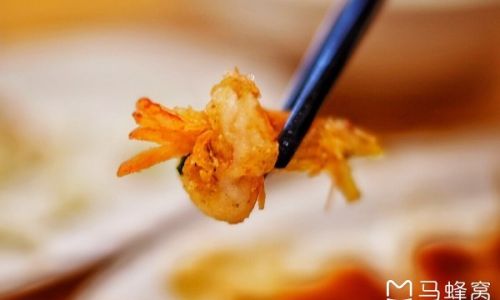
- Ventilation is Key: Ferment and cook stinky tofu in a well-ventilated area to manage the aroma.
- Use Fresh Ingredients: Expired fermented bean curd can ruin the dish’s flavor.
- Adjust Fermentation Time: Taste the tofu after 24 hours; extend marinating for stronger flavor.
- Oil Temperature: Maintain consistent heat to prevent sogginess or burning.
- Experiment: Add minced pork, shrimp, or mushrooms to the sauce for extra depth.
Troubleshooting Common Issues
- Too Salty?: Rinse the tofu under cold water before marinating.
- Aroma Overpowering?: Reduce fermentation time or marinate in a sealed container.
- Soggy Tofu?: Ensure thorough draining before frying.
Cultural Significance and Modern Twists
Stinky tofu’s endurance lies in its ability to adapt. In Taiwan, vendors often serve it with a side of garlic sauce and pickled cabbage, while in Hong Kong, it’s stuffed into buns for a portable snack. Modern chefs have experimented with deconstructed versions, such as stinky tofu foam or truffle-infused marinades, appealing to adventurous diners.
Conclusion
Cooking stinky tofu at home is a rewarding endeavor that connects you to centuries of culinary tradition. While its aroma may raise eyebrows, one bite reveals a symphony of textures and flavors that transcend cultural boundaries. Whether deep-fried to crispy perfection or simmered in a fragrant broth, stinky tofu invites you to embrace the unexpected. So, fire up your stove, brace yourself for the scent, and savor the magic of this iconic dish. Your kitchen—and your taste buds—will thank you.
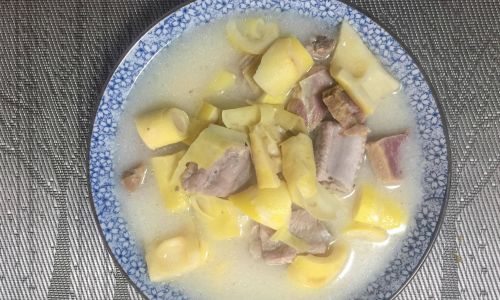


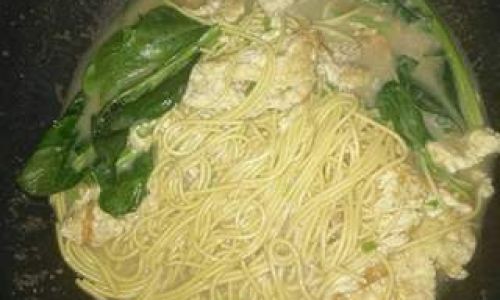
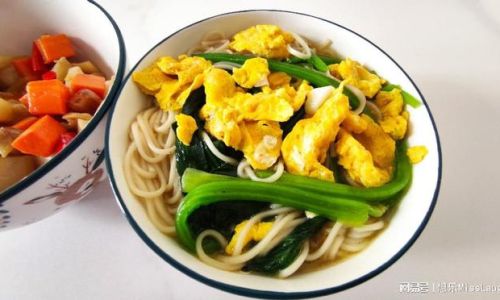
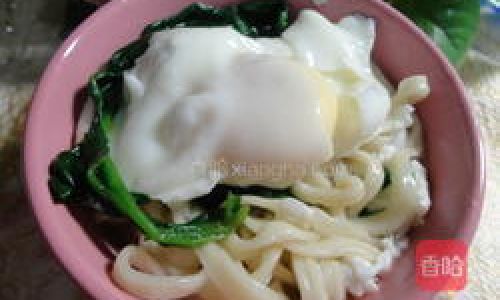
0 comments